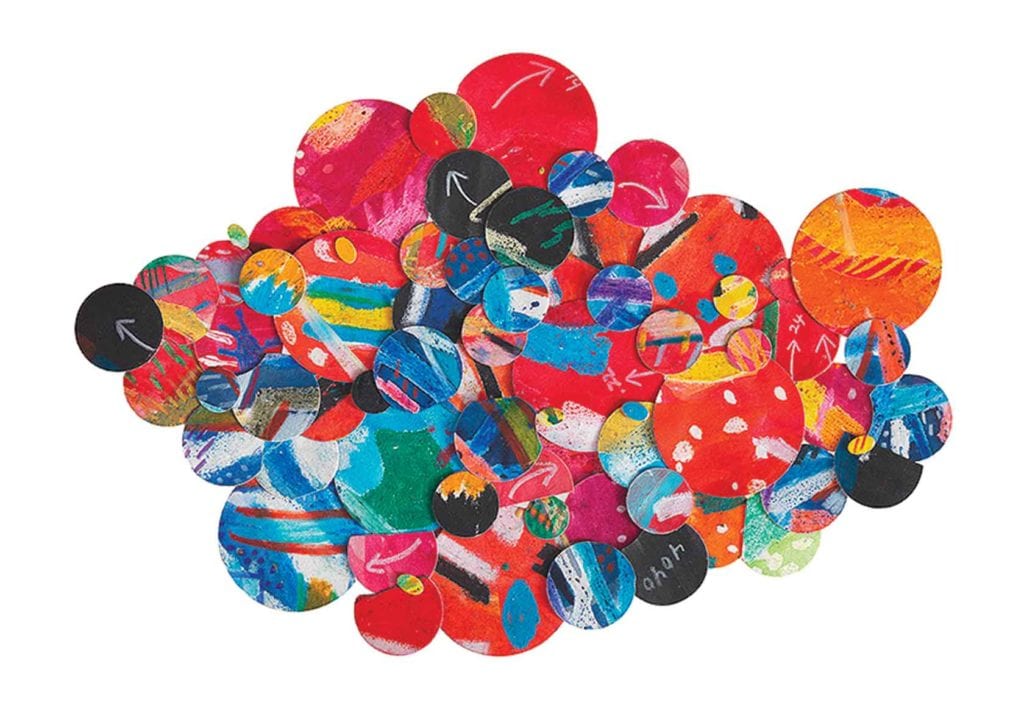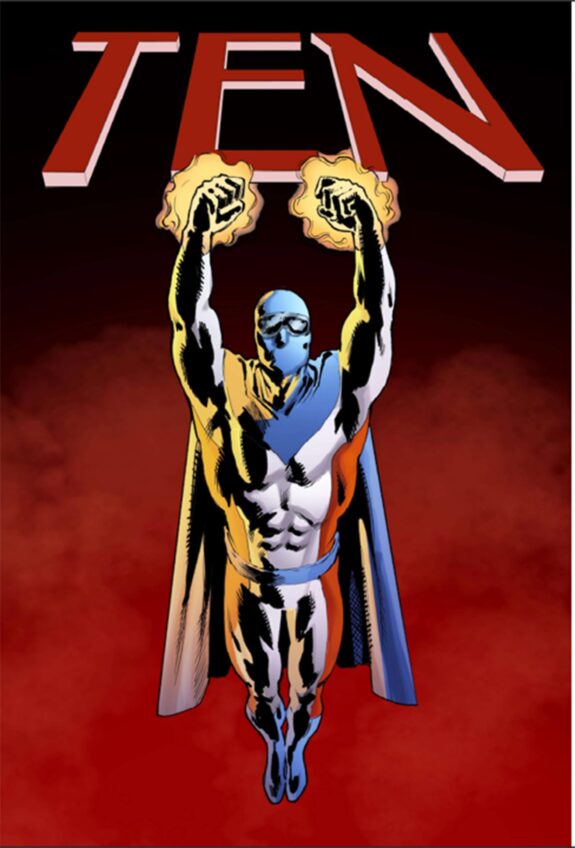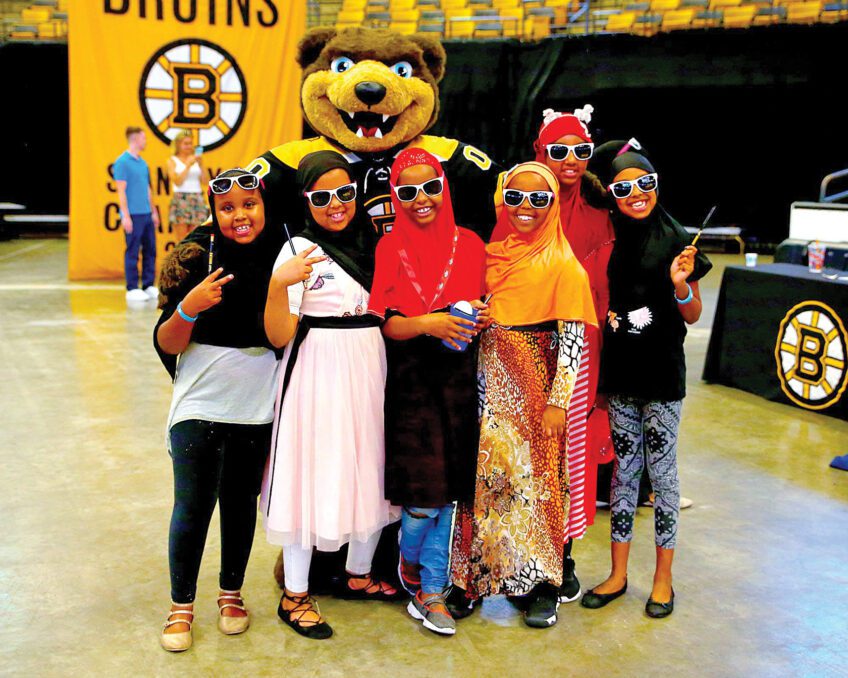Howardena Pindell retrospective displays breadth of activist artist

In 1993 the Rose Art Museum hosted an exhibition of the then lesser-known Howardena Pindell’s work. Now, decades later, the museum is once again celebrating the now-legendary black artist with “Howardena Pindell: What Remains to Be Seen,” the most comprehensive exhibition of her career to date.
Running through May 19, the traveling exhibition illustrates Pindell’s career from her early days studying painting at Boston University to works completed in 2016 and 2017. “I think what’s so great about this show is that you can really see the breadth of her work,” says Rose Museum curator Caitlin Julia Rubin. “It allows you to see these things have stayed consistent even as everything was changing around it.” Interestingly there are a number of themes that run the entire range of her work, such as the use of the circle and a base grid.
The show is divided into two halves; the first is her work prior to 1979 and the second is after 1979. In that year she was involved in a horrendous car accident, which left her struggling with short-term memory problems. This marked a shift in her artistic practice. The works move chronologically in the first half and in the second are divided by Pindell’s role, Memoirist, Activist, Traveler and Scientist. In this way the structure imitates her shift in memory and mindset in the latter half of her career.
Attention and retribution
Some of Pindell’s works demand attention and retribution. In her video installation “Free, White and 21” she speaks, as herself, about the blatant racism she has experienced in her lifetime, including some incidents at Boston University. Concurrently she dresses as a white woman and retorts back to herself the responses she’s used to getting from white audiences, such as “You really must be paranoid, I’ve never had an experience like that.”
Other pieces require extensive inspection and continually reveal subtle new layers of meaning. “Autobiography: Fire (Suttee),” a mixed media piece on canvas, appears on first glance like an abstract serious of hatching patterns made with thick layers of paint. But on closer inspection the outline of Pindell’s body can be seen. And that outline isn’t merely painted onto the canvas; it’s been cut out and then re-stitched in to the main canvas. Stitching canvas together is a technique Pindell frequently uses, a way of appropriating the “women’s work” of sewing and bringing it into a fine art space. Underneath that is the faint grid base that she uses in so much of her work.
“It’s rare that we turn the whole museum over to one artist. And we’ve essentially turned over the museum to her twice which I don’t think we’ve ever done for another artist,” says Rubin. “Howardena Pindell: What Remains to Be Seen” is a spectacular exhibition of an important contemporary artist. It deserves not one, but many viewings. As Rubin says, “She really was a pioneer in calling out inequities. Each one of these paintings could be an essay.”






